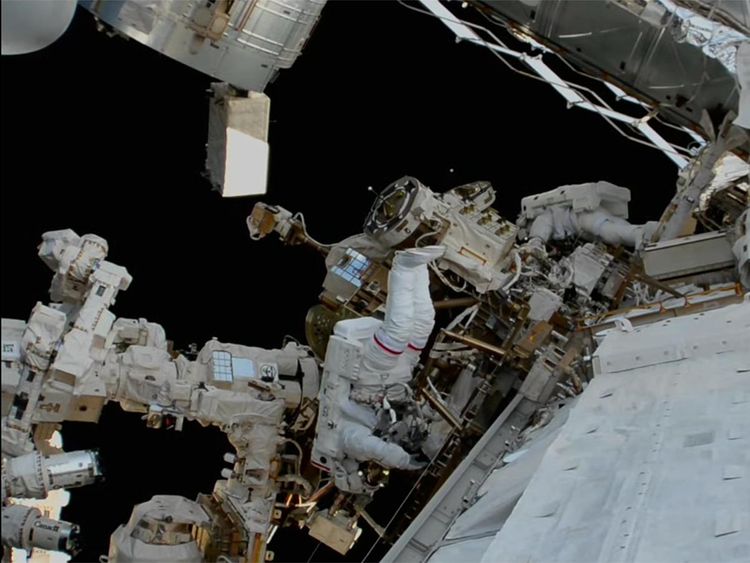文章管理 查看文章


Dubai: In a historic milestone in the history of Arab space exploration, UAE astronaut Sultan Al Neyadi ventured out into the vacuum outside the International Space Station (ISS) to perform the first Arab spacewalk this evening.
Their fitness evaluations and robotic tests were conducted aboard the orbital outpost on Thursday. They also finalised their tool collections and Quest airlock configurations.
“They staged their Extravehicular Mobility Units (EMUs), or spacesuits, inside Quest and finished studying the procedures they will use to route power cables and retrieve an antenna on the station’s starboard truss structure. The external hardware work will ready the space station for its next set of roll-out solar arrays due to be installed after their delivery on the next SpaceX Dragon cargo mission,” said NASA earlier.
Bowen and Al Neyadi set their EMUs to battery power at around 5.15pm, signifying the beginning of their spacewalk. This will be Bowen’s eighth career spacewalk, and the fourth of 2023 on ISS.
NASA flight engineers Frank Rubio and Woody Hoburg participated in Thursday’s final spacewalk preparations joining the spacewalkers for a procedures review, tool checks, and a conference with engineers on the ground. Rubio and Hoburg, will assist the spacewalkers in and out of their spacesuits, manoeuver the Canadarm2 robotic arm, and monitor the activities.
When NASA astronauts conduct spacewalks, they rely on the Mission Control Center (MCC) at NASA’s Johnson Space Center in Houston to help them complete their tasks.
The UAE’s first astronaut and Al Neyadi’s back-up on this mission, Hazzaa Al Mansouri is the first Arab Increment Lead responsible for the seamless integration and execution of ISS crew activities including spacewalks. The Mission Control Centre team at the MBRSC is monitoring and coordinating from Dubai.